Ocean Animal Adaptations List
Hey friend, let's dive deep into the fascinating world of ocean animal adaptations! Nature never fails to amaze us with its incredible creations, and the adaptations we find in marine organisms are no exception. From the depths of the ocean to the vibrant coral reefs, these creatures have developed remarkable features that help them survive and thrive in their aquatic habitats.
Explore 15 Remarkable Adaptations of Ocean Inhabitants
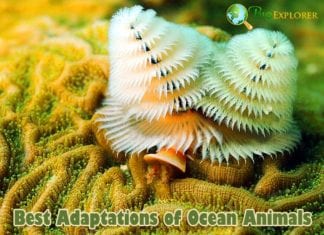
Ocean inhabitants have evolved an array of adaptations that allow them to navigate through their underwater world effortlessly. Let's take a closer look at some of the most remarkable ones!
1. Countershading

Many ocean animals have a unique adaptation called countershading. This adaptation helps them blend in with their surroundings and become less visible to predators or prey. The upper side of their bodies is typically darker, matching the color of the water when viewed from above, while the underside is lighter, similar to the sunlight filtering down from the surface. This camouflage provides a clever disguise.
2. Bioluminescence

The deep, dark depths of the ocean harbor some truly mesmerizing creatures that possess the ability to produce light. This adaptation is known as bioluminescence. By creating their own light, these organisms can attract prey, communicate with others of their kind, or even confuse predators. Imagine diving into the ocean at night and witnessing a captivating display of glowing creatures!
3. streamlined bodies

When it comes to ocean dwellers, having a streamlined body is key to surviving in their watery domain. Countless species, such as dolphins, sharks, and seals, have evolved sleek and hydrodynamic bodies that reduce drag as they move through the water. This adaptation enables them to swim faster and more efficiently, conserving energy for tasks like hunting or migration.
4. Webbed Feet
Ocean animals that spend a significant amount of time in the water, like ducks, penguins, and otters, have webbed feet. This adaptation allows them to paddle through the water with ease, propelling themselves forward and steering more effectively. The webbing between their toes acts as a natural paddle, increasing their swimming efficiency and making them agile swimmers.
5. Gills
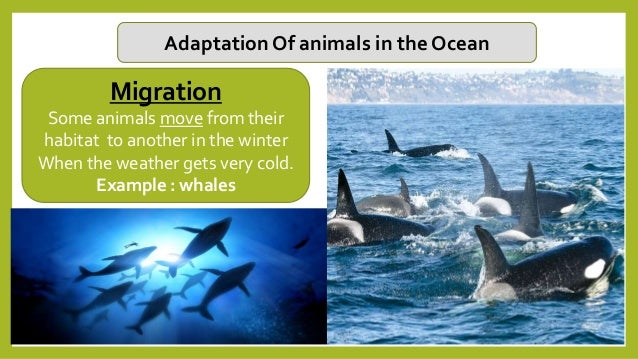
One of the most well-known adaptations of marine animals is the presence of gills. Fish, for example, have gill slits on either side of their heads that allow water to pass through, extracting oxygen and removing carbon dioxide. This remarkable adaptation enables them to extract oxygen directly from the water, making it possible for them to survive in an underwater environment.
6. Suction Cups

Creatures like octopuses, squids, and some species of fish have evolved a unique adaptation: suction cups! These specialized structures help them cling to rocks, corals, or even other animals. Suction cups provide a strong grip, allowing these animals to stay in place, catch prey, or defend themselves when necessary.
7. Camouflage
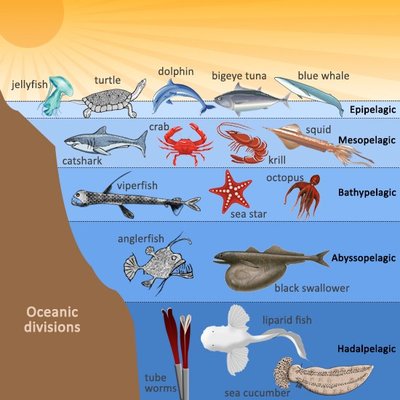
Camouflage is a crucial adaptation for ocean animals that helps them blend seamlessly into their surroundings. From the vibrant colors of tropical fish to the well-camouflaged bodies of seahorses, this adaptation allows animals to hide from potential predators or ambush unsuspecting prey. The ability to change color and texture also adds an extra layer of protection, making it harder for predators to spot them.
8. Transparent Bodies

The wonders of the ocean extend to the realm of transparent creatures. Many marine organisms have evolved transparent bodies, such as jellyfish and certain species of shrimps. This adaptation allows them to be almost invisible as light passes through their bodies, making it easier for them to navigate through the water undetected.
9. Lateral Line System

Several ocean inhabitants, including fish and sharks, possess an incredible adaptation known as the lateral line system. This system is a row of specialized sensory organs running along each side of their bodies. It allows these animals to sense changes in water pressure and movement, helping them detect nearby prey or navigate through the underwater currents.
10. Radula

Some ocean creatures, such as snails and certain species of mollusks, have a unique structure called a radula. It resembles a tiny, flexible conveyor belt covered in sharp teeth. These teeth help the animal scrape off food from surfaces or even drill into shells. The radula is an essential adaptation that allows these creatures to feed efficiently on various types of marine plants or animals.
11. Electroreception

Do you know what sharks, rays, and some species of fish have in common? They possess an incredible adaptation called electroreception. This unique ability allows them to detect electrical fields generated by other living organisms. By sensing these fields, they can locate prey hidden in the sand or navigate through the vast ocean, even in low-light conditions.
12. Buoyancy Control

While living in water offers some buoyancy, certain oceanic animals have developed additional adaptations to control their buoyancy effectively. For instance, the swim bladder found in many fish allows them to adjust their position in the water column. By regulating the amount of gas inside the swim bladder, fish can ascend, descend, or remain at a specific depth without wasting energy on unnecessary swimming.
13. Antifreeze Proteins

A jaw-dropping adaptation found in some ocean animals, such as certain fish and invertebrates, is the ability to survive in freezing waters. These animals produce antifreeze proteins that prevent ice crystals from forming in their cells, ensuring their survival in extreme cold conditions. This adaptation is truly remarkable, allowing them to thrive in icy oceans where others would perish.
14. Flexible Skeletons

Ocean animals, particularly those in the mammal family, have adapted to their underwater environment by developing flexible skeletons. Dolphins, whales, and seals have evolved bones that are not as rigid as those of their land-dwelling counterparts. This adaptation enables them to move more fluidly in the water and perform acrobatic maneuvers with ease.
15. Oxygen Storage

Some ocean creatures, like marine mammals, have adaptations that allow them to store oxygen efficiently. Dolphins and whales, for instance, have a high concentration of myoglobin, a protein that can store oxygen in their muscles. This adaptation enables them to hold their breath for extended periods, diving to great depths in search of food.
These are just a few examples of the incredible adaptations that ocean animals have developed to conquer their underwater habitats. The diversity and complexity of these adaptations never cease to amaze scientists and nature enthusiasts alike. The next time you take a dip in the ocean or explore an aquarium, take a moment to appreciate the remarkable features that enable these creatures to thrive in the watery depths.
So, let's continue to cherish and protect the mesmerizing world beneath the waves, where these remarkable adaptations come to life!
If you are searching about Ocean Animal Adaptations - A Science Reader by Kinesthetic Classroom you've came to the right place. We have 30 Images about Ocean Animal Adaptations - A Science Reader by Kinesthetic Classroom like A+ Books: Amazing Animal Adaptations: Ocean Animal Adaptations, Ocean Animal Adaptations Science Reader Distance Learning Google and also Pin on Educacion. Here you go:
Ocean Animal Adaptations - A Science Reader By Kinesthetic Classroom
 www.teacherspayteachers.com
www.teacherspayteachers.com adaptations reader ocean science animal
Ocean Animal Adaptations - A Science Reader By Kinesthetic Classroom
 www.teacherspayteachers.com
www.teacherspayteachers.com science adaptations reader ocean animal subject
Ocean Animal Adaptations Non-Fiction Close Reading Pack | TpT
 www.teacherspayteachers.com
www.teacherspayteachers.com ocean adaptations animal fiction reading non pack close preview
Adaptations For Marine Organisms | Adaptations, Marine Organism, Ocean
 www.pinterest.com
www.pinterest.com adaptations ocean marine fish organisms choose board animal ecosystem
Adaptations: Presentation And Information Hunt | Teaching Resources
 www.tes.com
www.tes.com adaptations information hunt presentation
Pin On Educacion
 www.pinterest.com
www.pinterest.com starfish adaptations organisms dorsal adaptation reproduction seastar organism sciencelearn asexual preschool
Ocean Animal Adaptations Science Reader Distance Learning Google
 www.pinterest.com
www.pinterest.com adaptations
Deep Ocean Animal Adaptations By Ambedu | Teachers Pay Teachers
 www.teacherspayteachers.com
www.teacherspayteachers.com ocean adaptations deep animal
Deep Ocean Animal Adaptations By Ambedu | Teachers Pay Teachers
 www.teacherspayteachers.com
www.teacherspayteachers.com ocean adaptations deep animal
Ocean Animal Adaptations Book - Made By Teachers
 www.madebyteachers.com
www.madebyteachers.com adaptations
Ocean Animal And Plant Adaptations | Research Forms | Nature Curriculum
 www.montessorinature.com
www.montessorinature.com ocean animal adaptations plant nature curriculum forms research cards plants
Deep Ocean Animal Adaptations By Ambedu | Teachers Pay Teachers
 www.teacherspayteachers.com
www.teacherspayteachers.com ocean adaptations deep animal ratings
A+ Books: Amazing Animal Adaptations: Ocean Animal Adaptations
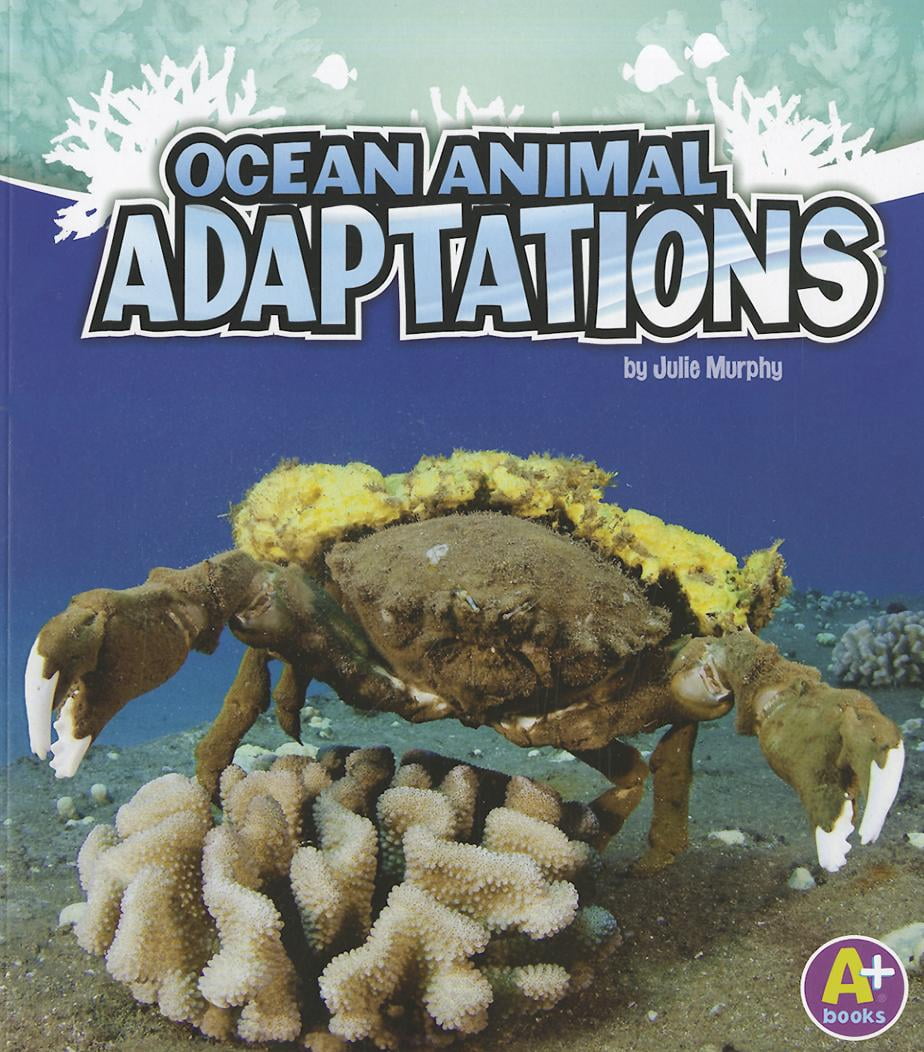 www.walmart.com
www.walmart.com adaptations
Ocean Animal And Plant Adaptations | Research Forms | Nature Curriculum
 www.montessorinature.com
www.montessorinature.com adaptations nature ocean plant animal animals cards curriculum forms research printables montessori usd cart plants vocabulary
Pin On My TPT Store
 www.pinterest.com
www.pinterest.com adaptations animal ocean science animals reader teachers classroom visit choose board
Adaptations For Marine Organisms
 www.kmuska.com
www.kmuska.com ocean adaptations marine animals aquatic mammals features environment adaptive their organisms adapted mammal science water adapt plants habitat body help
Ocean Animal Adaptations Science Reader Distance Learning Google
 www.pinterest.com
www.pinterest.com adaptations
Ocean Animal Adaptations - A Science Reader By Kinesthetic Classroom
 www.teacherspayteachers.com
www.teacherspayteachers.com science adaptations reader ocean animal
Ocean Animal Adaptations - A Science Reader
ocean adaptations science animal animals lesson kids coloring grade books elementary reader plans teacherspayteachers worksheets activities writing their write habitat
Adaptations FINAL G3
 www.slideshare.net
www.slideshare.net adaptations g3 adaptation
Animal Adaptations | Sutori
 www.sutori.com
www.sutori.com ocean animals ecosystem animal zones layers ecosystems marine food science projects habitat adaptations understanding live preschool oceans zone lesson sea
Explore 15 Remarkable Adaptations Of Ocean Inhabitants
 www.bioexplorer.net
www.bioexplorer.net adaptations rainforest bioexplorer tundra
Deep Ocean Animal Adaptations By Ambedu | Teachers Pay Teachers
 www.teacherspayteachers.com
www.teacherspayteachers.com ocean adaptations animal deep
Ocean Animal And Plant Adaptations | Research Forms | Nature Curriculum
 printables.montessorinature.com
printables.montessorinature.com adaptations
Ambedu Teaching Resources | Teachers Pay Teachers
 www.teacherspayteachers.com
www.teacherspayteachers.com Ocean Animal Adaptations [Video] In 2021 | Animal Adaptations, Digital
![Ocean Animal Adaptations [Video] in 2021 | Animal adaptations, Digital](https://i.pinimg.com/736x/f4/9a/b7/f49ab79c1f3d1c1bd88fa5f6bc055571.jpg) www.pinterest.com
www.pinterest.com Animals Adaptations
 www.slideshare.net
www.slideshare.net adaptations shark aquatic
Ocean Animal Adaptations By Julie Murphy
 www.goodreads.com
www.goodreads.com adaptations
Ocean Animal Adaptations Science Reader Distance Learning Google
 www.pinterest.com
www.pinterest.com adaptations
Ocean Zones & Marine Animal Adaptation Quiz - Quizizz
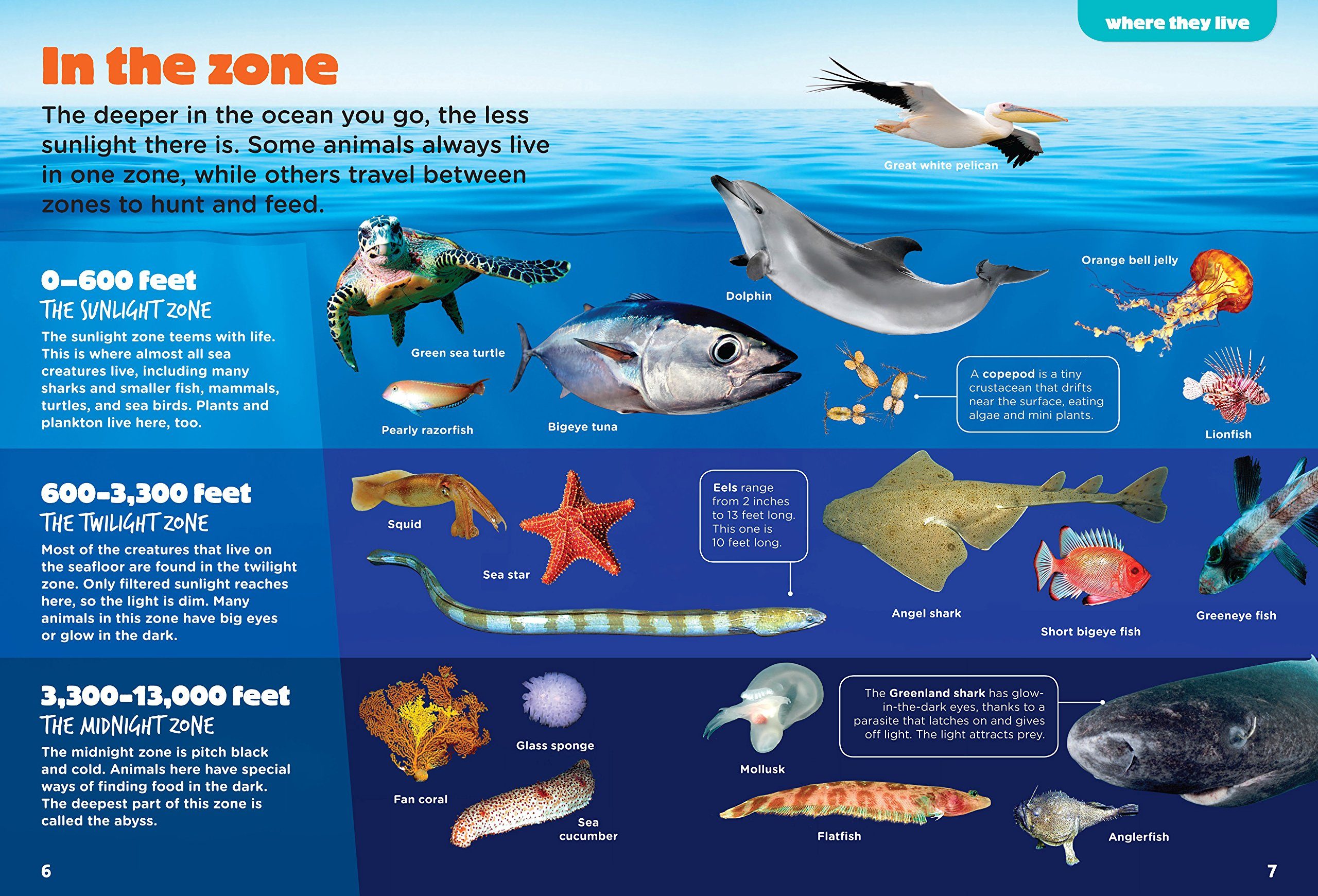 quizizz.com
quizizz.com ocean zones animals animal marine adaptation planet quiz
Explore 15 remarkable adaptations of ocean inhabitants. Adaptations for marine organisms. Ocean adaptations deep animal
Post a Comment for "Ocean Animal Adaptations List"